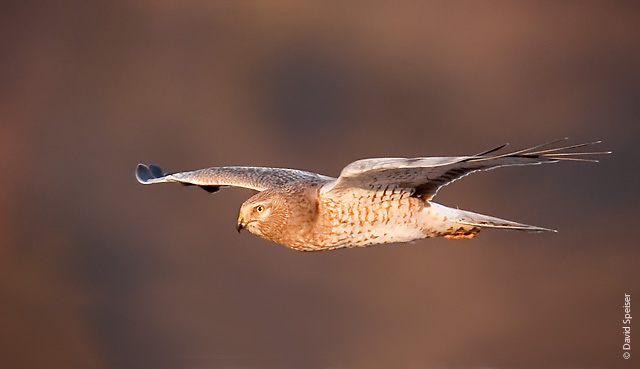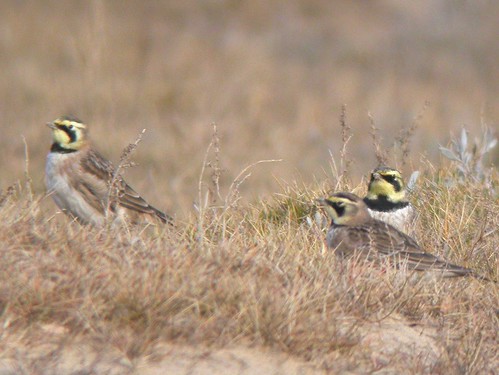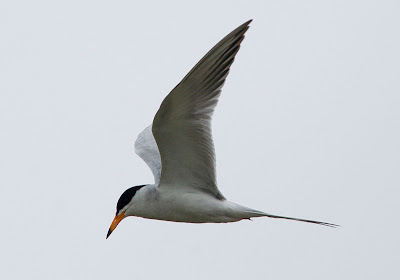
My Nemesis Bird for Centre County - Forster's Tern
Image Credit:
Steve BlainThis year, I decided to make a run at a
BIG YEAR for Centre County. My primary goal was to try and break the 200 species mark for the year. Although I have attempted it before, I have not been able to crack the 200 mark for the county. The best I have done in the past is 196.
Fortunately, I was able to surmount the hurdle on May 11th with the sighting of a Mourning Warbler along Scotia Range Rd. Like many of the birds I have seen this year, I got a tip from another birder through the State College Rare Bird Alert (SCRBA). In this case, as in quite a few others, the tip came from Drew Weber.
My secondary goal for the year was to take a shot at the county record of 224 species in a year which was set by Terence Schiefer back in 1985. In order to equal or surpass 224, I was going to need a bit of luck, some help from other birders and some cooperation from the weather. Fortunately, all three have panned out so far. Just this week, with a bit of assistance from Tropical Storm Irene, I got bird #224 - a Sanderling - at the beach at Bald Eagle State Park.
With four months left to go, and fall migration just heating up, I have a pretty good chance to add a few more species. With Drew Weber hot on my heels with 223 birds, I gotta keep moving... LOL!
I went through
Birds of Central Pennsylvnia by Nick Bolgiano and Greg Grove and put together a list of needs for the county. I compiled the list on the basis of birds that have been seen in the county on a regular or casual basis. For the most part, vagrants and accidentals were excluded from the list. With a bit of good forturne, I should be able to pick up a handful of these birds.
2011 Centre County NeedsRed-throated Loon
Brant
Mute Swan
Trumpeter Swan
Black Scoter
Ring-necked Pheasant
Red-necked Grebe
Snowy Egret
Little Blue Heron
Black-crowned Night Heron
Yellow-crowned Night Heron
Swainson’s Hawk
Peregrine Falcon
American Golden Plover
Ruddy Turnstone
Baird’s Sandpiper
Buff-breasted Sandpiper
Wilson’s Phalarope
Red-necked Phalarope
Red Phalarope
Laughing Gull
Greater Black-backed Gull
Forster’s Tern
Barn Owl
Snowy Owl
Long-eared Owl
Sedge Wren
Marsh Wren
Bicknell’s Thrush
Orange-crowned Warbler
Kentucky Warbler
Connecticut Warbler
Clay-colored Sparrow
Blue Grosbeak
Brewer’s Blackbird
Yellow-headed Blackbird
Dickcissel
Red Crossbill
White-winged Crossbill
Pine Grosbeak
UPDATE#225, Forster's Tern, BESP, Sept 5th
#226, American Golden Plover, Nixon Rd, Sept 7th
#227, Ruddy Turnstone, BESP dame, Sept 8th
#228, Baird's Sandpiper, Nixon Rd, Sept 9th
#229, Connecticut Warbler, Scotia Pond, Sept 10th
#230, Marsh Wren, Julian Wetlands, Sept 18th
#231, Orange-crowned Warbler, Circleville Farm, Sept 23rd
#232, Clay-colored Sparrow, Panther Strip Mine, Sept 25th
#233, Peregrine Falcon, Musser Gap, Oct 2nd
#234, Dickcissel, Circleville Farm, Oct 3rd
#235, Ring-necked Pheasant, Toftrees Gamelands, Oct 11th
#236, Brant, Colyer Lake, Oct 27th
#237, Black Scoter, BESP, Oct 29th
#238, Red-necked Grebe, BESP, Oct 30th
#239, Red-throated Loon, BESP, Nov 14th
#240, Red Crossbill, David's Vista, Dec 18th
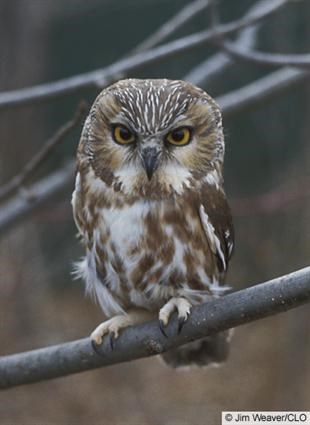
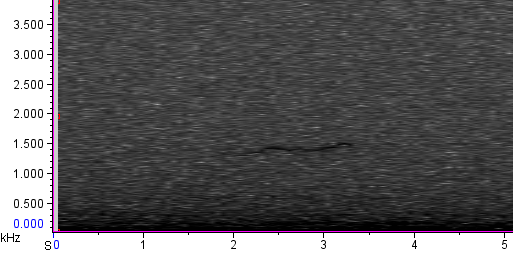



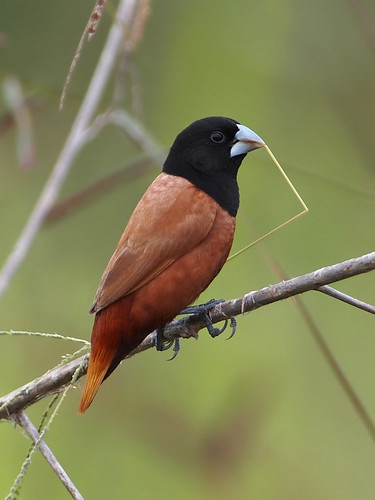

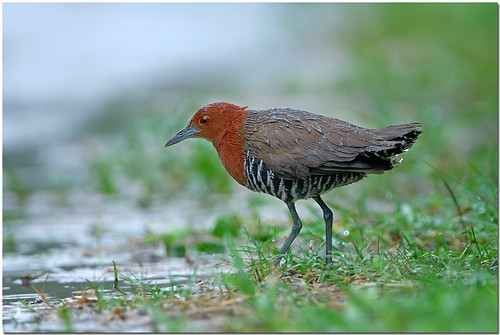



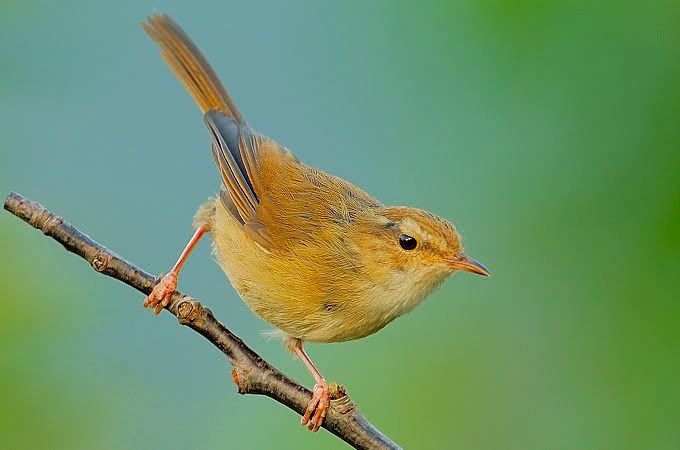
%20Scimitar-Babbler%20(1).jpg)

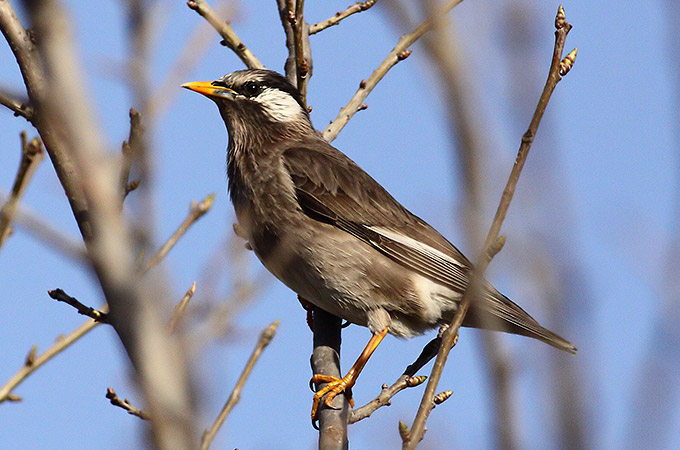




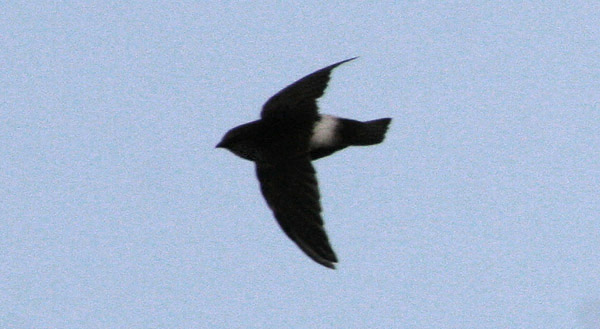

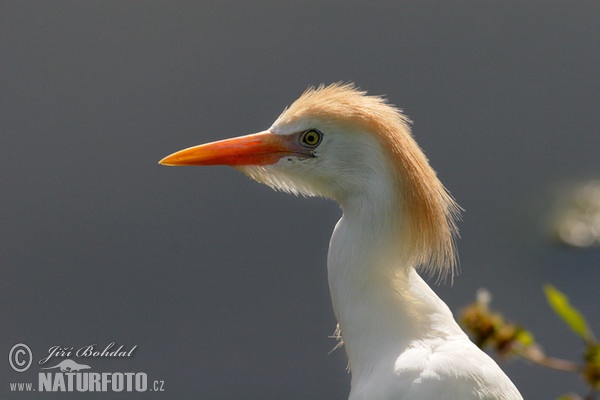
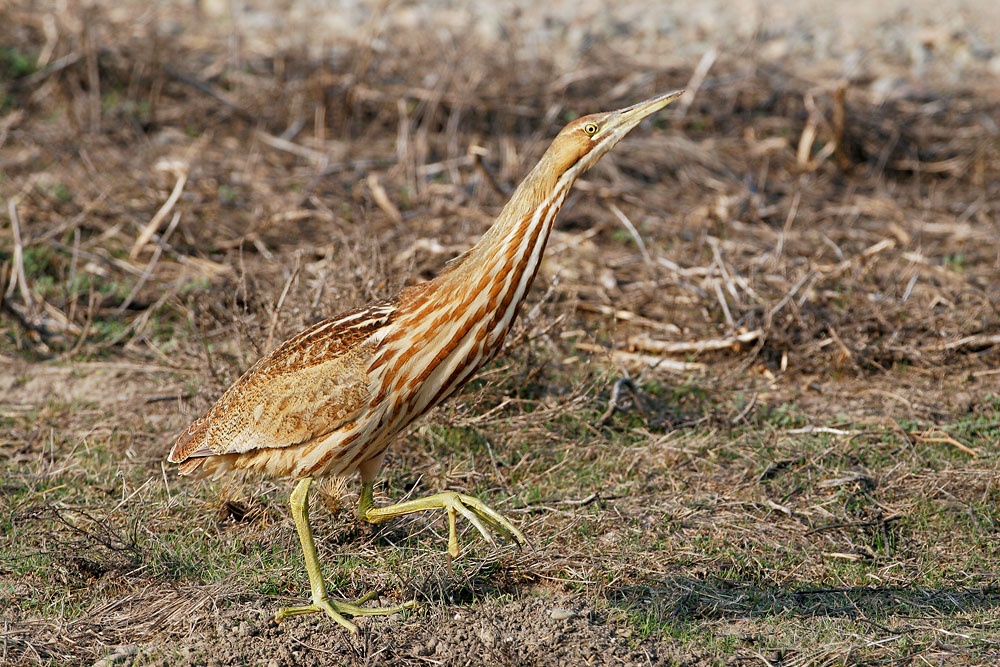
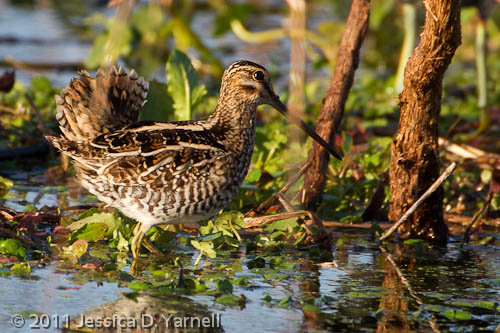



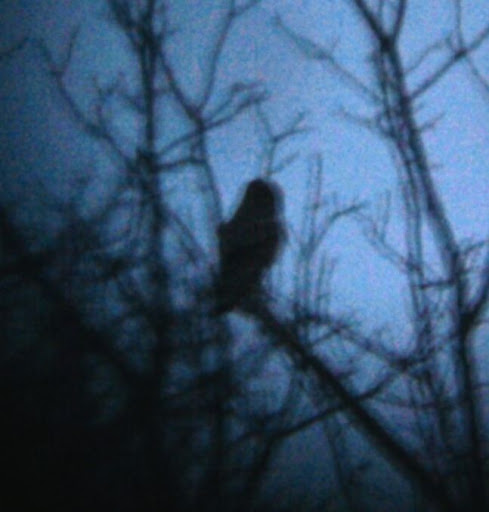


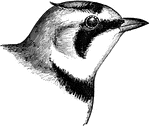
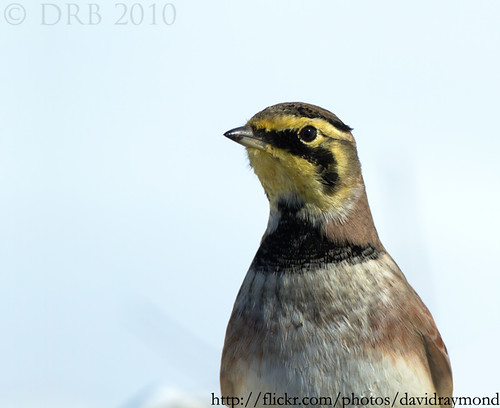

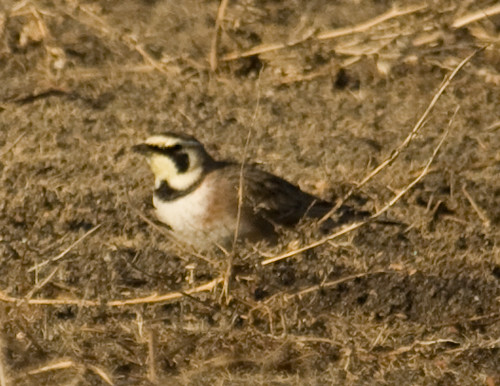



%20L.JPG)


